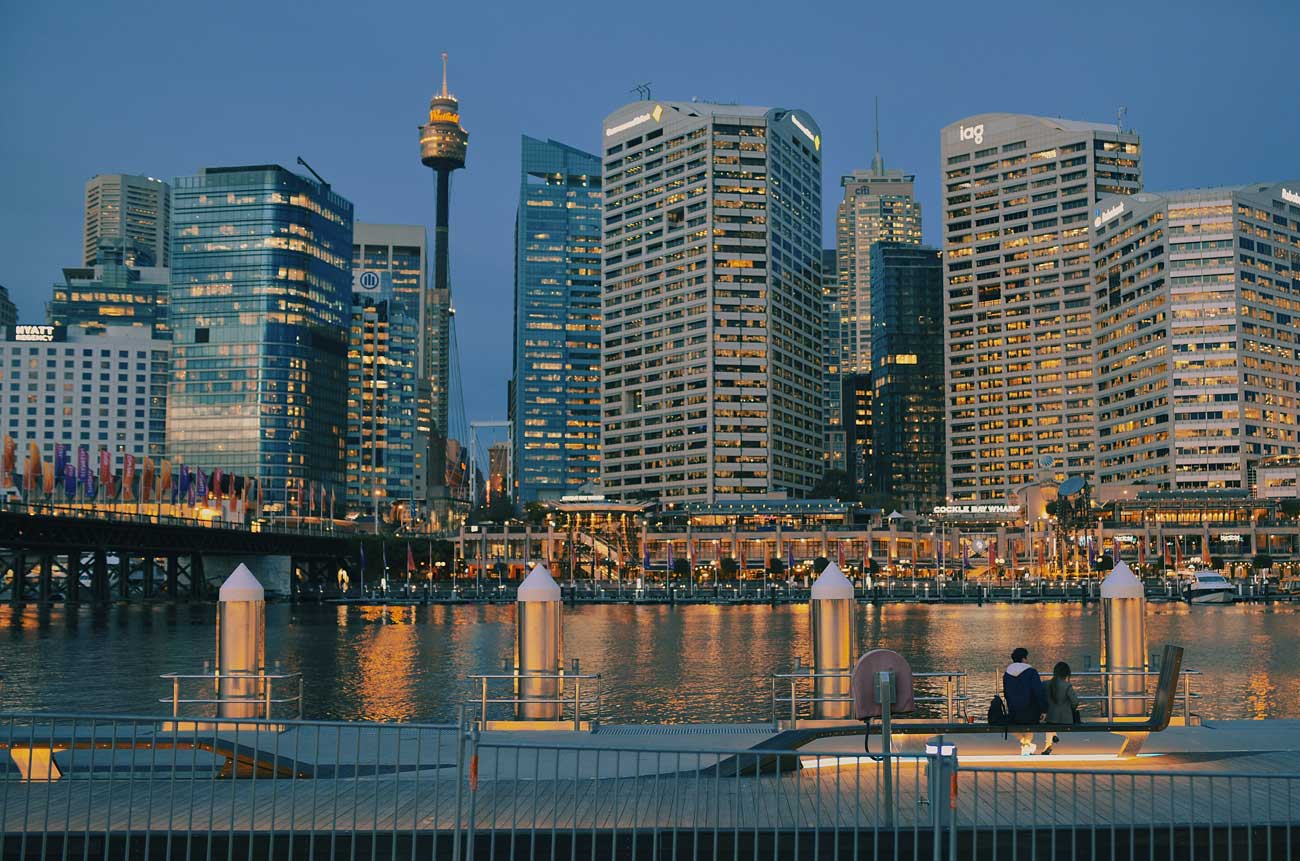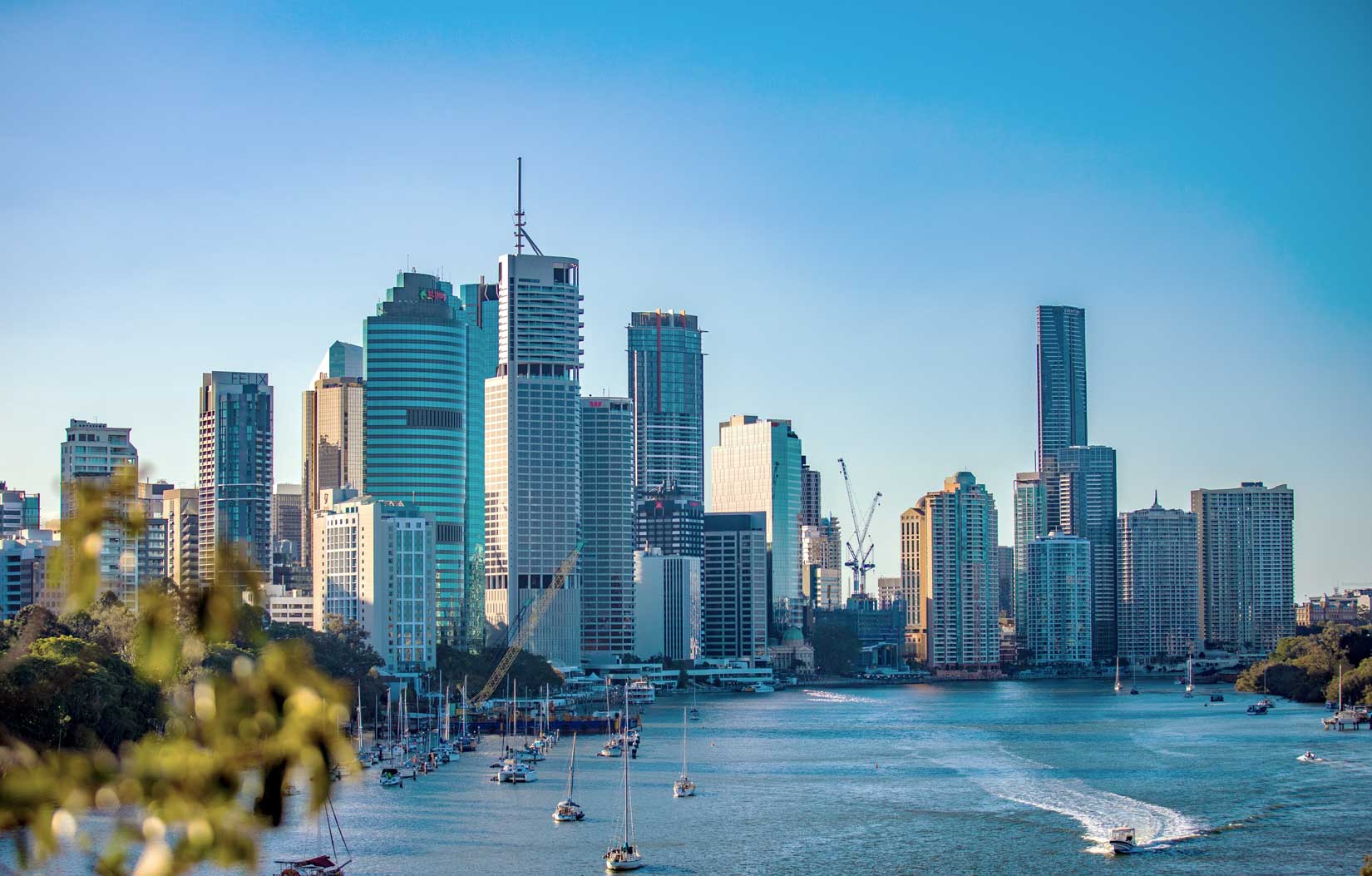We are award-winning Brisbane Captive Insurance specialists









Captive Insurance, Brisbane: what is it?
Captive Insurance is a type of cover that allows you more control over your insurance policies. By creating your own insurance company, also known as a ‘captive’, you’ll be offered stability in a market constantly changed by natural disasters, pandemics, inflation and other global events.

How does Captive Insurance work?
When you rely on traditional insurance options, your insurer has complete authority over the type of coverage you receive, how much you need to pay, and whether your claims are valid or not.
Captive Insurance, on the other hand, lets you create your own insurance company, or 'captive,' which gives you more authority over the risks you insure. Captive entities are valid entities that are used by various organizations, such as private, publicly listed, and non-profit organisations, both in Australia and around the world.
It is important to note that Captive Insurance should not be considered a complete solution to risk management. Businesses must have the resources available to set up an insurance company to provide cover for potential losses.
Additionally, Captive Insurance has a high barrier to entry, and it is generally recommended for companies with exemplary loss histories (and continued lower loss expectations) that have a premium size of at least $1 million.
Is Captive Insurance right for your Brisbane-based business?

While Captive Insurance can be beneficial in managing risks, it is not meant to be a standalone solution and is often used alongside traditional insurance options. However, the initial investment required to establish a captive insurance company is high, making it a tool that is best suited for companies with a good track record of low losses and a premium size of at least $1 million.

For a company to implement a Captive Insurance approach, it needs the means to create an insurance company that can provide coverage for possible losses and cooperate with experienced experts like lawyers, accountants, and tax consultants. To gain more authority over insurance expenses and limitations, Protective Cell Companies (PCC) can be an economical method of transferring risk.
Contact us before pursuing a Captive Insurance strategy to fully understand its advantages and disadvantages.

Captive Insurance: Brisbane Snapshot
Brisbane is the capital city of sunny Queensland and is the third-largest city in Australia. With a diversified economy, the city is host to an array of major companies encompassing financial services, health care, education, construction, and tourism industries. Several large organisations within these industries call Brisbane their home, including well-known finance corporation Suncorp, Virgin Australia, and Flight Centre. Through 2020-21, Brisbane's Gross Regional Product (GRP) was reported to be around AUD 181 billion.
The city has well-developed infrastructure, including a modern international airport, a deep-water port, and a network of highways and reliable public transport systems. Brisbane has also invested heavily in renewable energy, with plans to become carbon-neutral by 2050.
Additionally, the city is known for its historic buildings like City Hall, and famous landmarks such as the twisting Brisbane River, known as ‘Maiwar’ in Turrbal. Additionally, Brisbane is home to several universities, including the University of Queensland, Queensland University of Technology and Griffith University.
CAPTIVE INSURANCE BRISBANE
Read more Crucial Insights about Captive Insurance.
Why More Businesses Are Considering Captive Insurance—Tony Venning Featured in Insurance News
We’re excited to share that our Managing Director, Tony Venning, was recently featured in Insurance News, one of the industry’s most trusted publications. The article, […]
Read MoreHow to leverage a Protective Cell Company (PCC) to your Advantage
Insurance premiums are rising, and based on current global challenges, inflation and instability in the market, this may continue over the course of the next […]
Read MoreLooking for Captive Insurance in Brisbane? Speak to an award-winning Captive Insurance specialist today.




